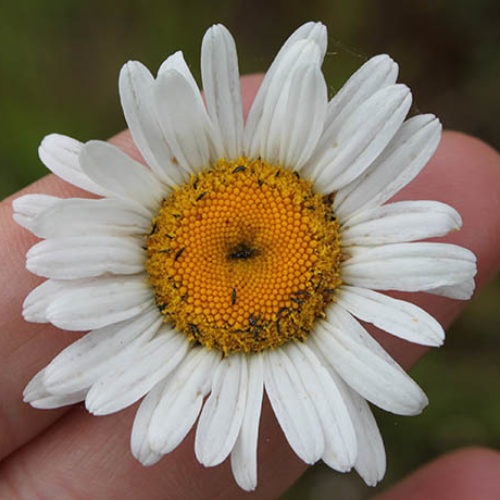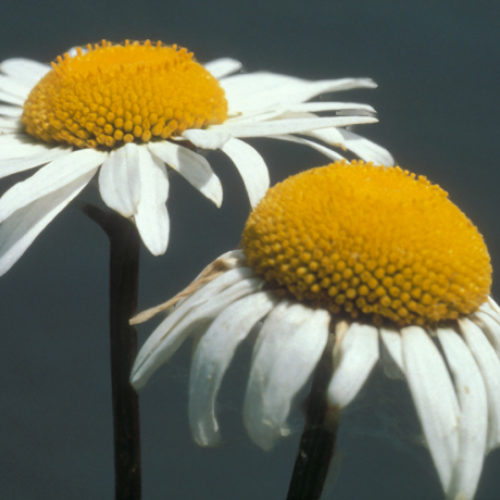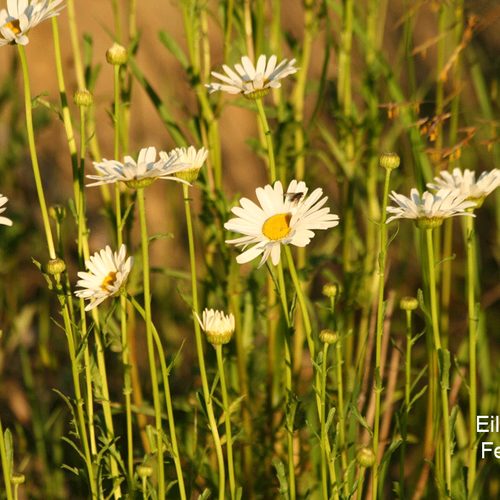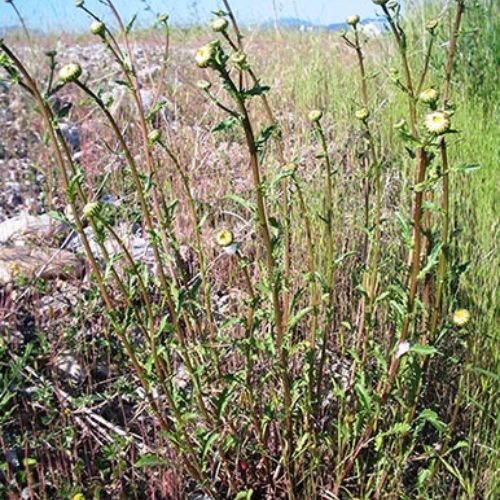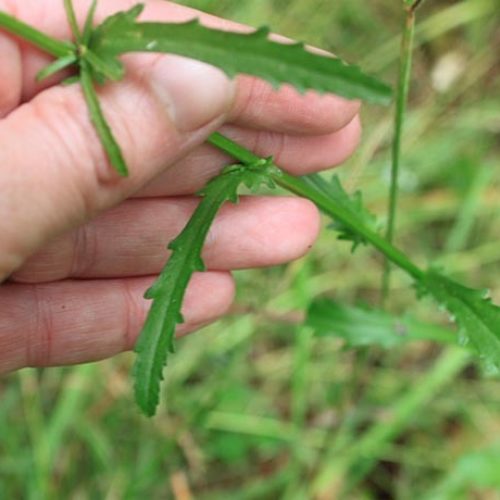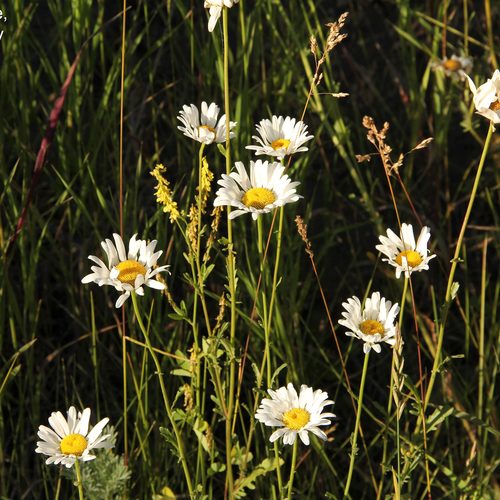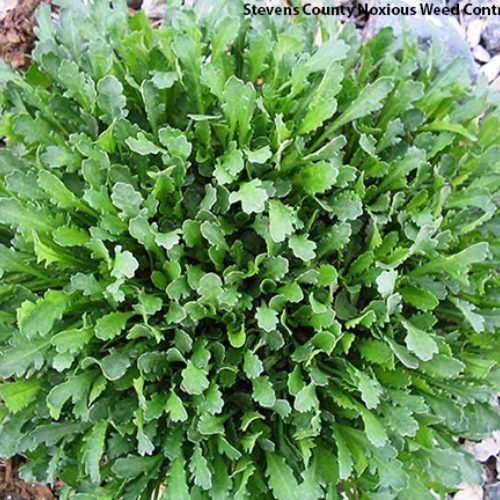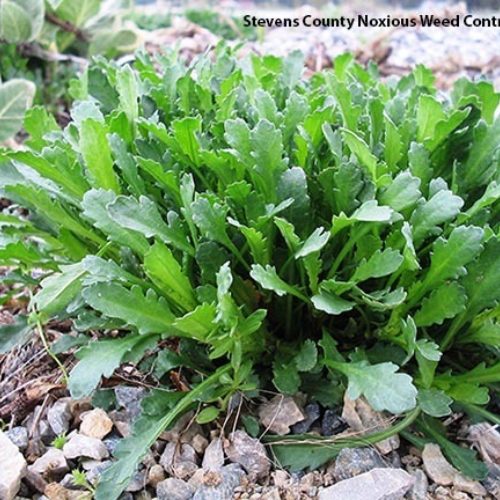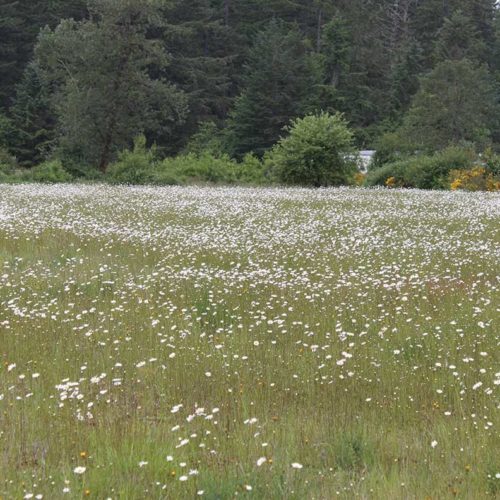Oxeye Daisy
Leucanthemum vulgare
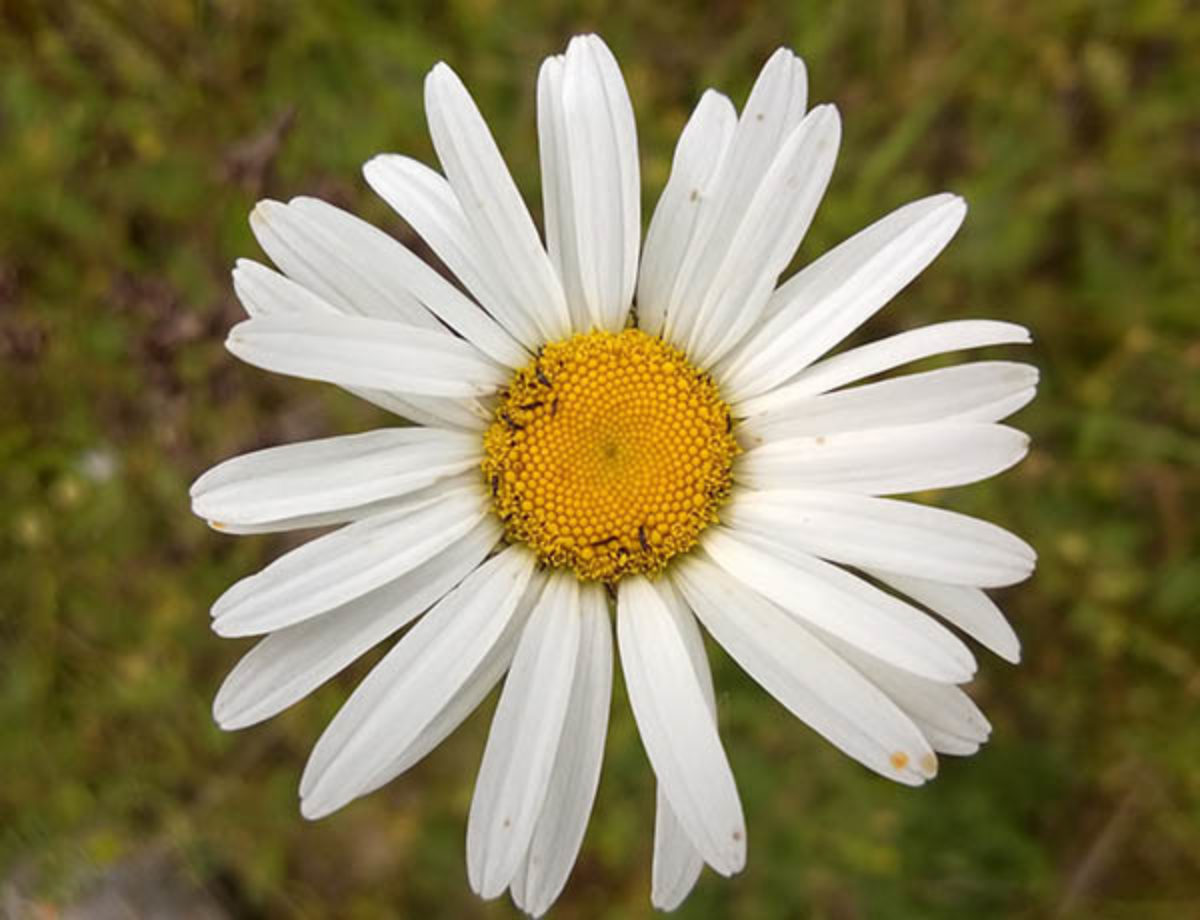
Family: Asteraceae
Other Common Names: white daisy, whiteweed, field daisy, marguerite, poorland flower
Weed class: C
Year Listed: 1988
Native to: Asia and Europe
Is this Weed Toxic?:
not known to be
Legal listings:
This plant is also on the Washington State quarantine list. It is prohibited to transport, buy, sell, offer for sale, or distribute plants or plant parts of quarantined species into or within the state of Washington or to sell, offer for sale, or distribute seed packets of seed, flower seed blends, or wildflower mixes of quarantined species into or within the state of Washington. Please see WAC 16-752 for more information on the quarantine list. For questions about the quarantine list, contact the Washington State Department of Agriculture's Plant Services Program at (360) 902-1874 or email PlantServices@agr.wa.gov.
Why Is It a Noxious Weed?
It aggressively invades fields where it forms dense populations and decreases plant species diversity. Oxeye daisy decreases crop yields and is a weed of 13 crops of 40 countries. It is a particular problem in pastures. Oxeye daisy was changed from a Class B to a Class C noxious weed in 2013.
How would I identify it?
General Description
Oxeye daisy is a perennial herbaceous plant that reaches 1 to 3 feet tall. It has shallow, branched rhizomes and adventitious roots. The entire plant has a disagreeable odor when crushed.
Flower Description
Single flowerheads at the ends of stems have brown-edged, green bracts at their base. Each ‘daisy’ is a cluster of many flowers, the ray flowers are white and look like petals. The disk flowers are small and yellow and make up the center.
Leaf description
Leaves are alternate and lance shaped with coarse teeth or lobes. Basal leaves with petiole (leaf stalk) and stems leaves become sessile (no stalk) and smaller in size moving up the stem.
Stem description
Stems are unbranched or branches near the tip.
Fruit Seed Description
Seeds are small and have 10 small ridges.
May Be Confused With
There are many plants referred to by common name as a daisy. Be careful of wildflower seed mixes. If you need help with plant identification, contact your county noxious weed coordinator.
Where does it grow?
Oxeye daisy is found in grasslands, overgrazed pastures, waste areas, meadows, railroad rights-of-way and roadsides. Please click here to see a county level distribution map of oxeye daisy in Washington.
How Does it Reproduce?
Oxeye daisy can spread both vegetatively and by seed.
How Do I Control It?
General Control Strategy
.
Mechanical Control
In pastures, mowing as soon as the first flowers open can eliminate seed production. However, mowing may stimulate shoot production and subsequent flowering in areas with adequate growing seasons.
Cultural Control
Because of its shallow root system, oxeye daisy is easily killed by intensive cultivation.
Herbicide Control
Please refer to the PNW Weed Management Handbook, or contact your county noxious weed coordinator.
For More Information
See our Written Findings for more information about oxeye daisy (Leucanthemum vulgare).
Report on oxeye daisy from the book "Weed Control in Natural Areas in the Western United States"
Cowlitz County NWCB Fact Sheet on oxeye daisy
Spokane County NWCB Fact Sheet on oxeye daisy
Lincoln County NWCB Brochure on oxeye daisy




